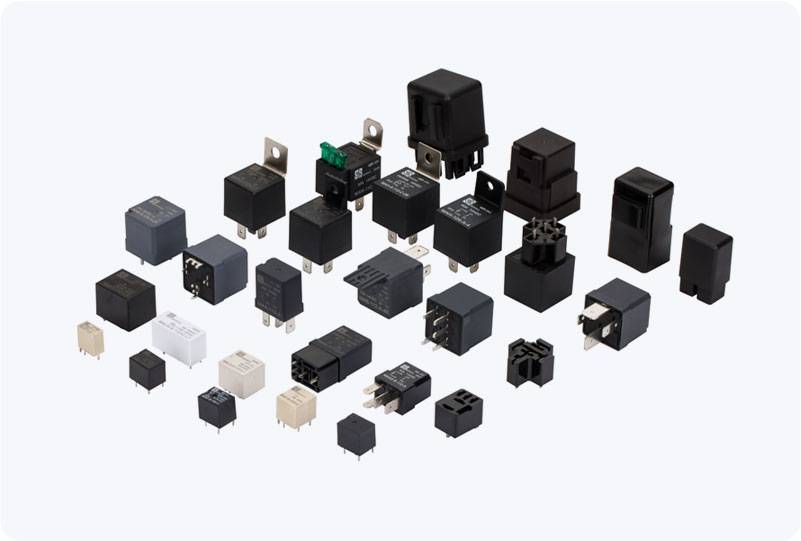The starter motor relay is a crucial yet often overlooked component in your vehicle’s electrical system. Despite its importance in ensuring your engine starts reliably every time, many vehicle owners may not fully understand its function or the role it plays in the starting process. In this article, we will explore the starter motor relay’s purpose, how it works, common issues, and the importance of maintenance for this essential part.

What Is a Starter Motor Relay? A starter motor relay is an electrical component that acts as a switch, allowing electrical power to flow to the starter motor when you attempt to start the engine. The relay works by using a small electrical current from the ignition system to control the flow of a much larger current from the vehicle’s battery to the starter motor. It is located between the ignition switch and the starter motor, preventing the high current needed to start the engine from passing directly through the ignition switch. In simple terms, when you turn your vehicle’s ignition key or press the start button, the relay helps direct the necessary power to activate the starter motor, which in turn cranks the engine to initiate the combustion process.
Leave a Reply